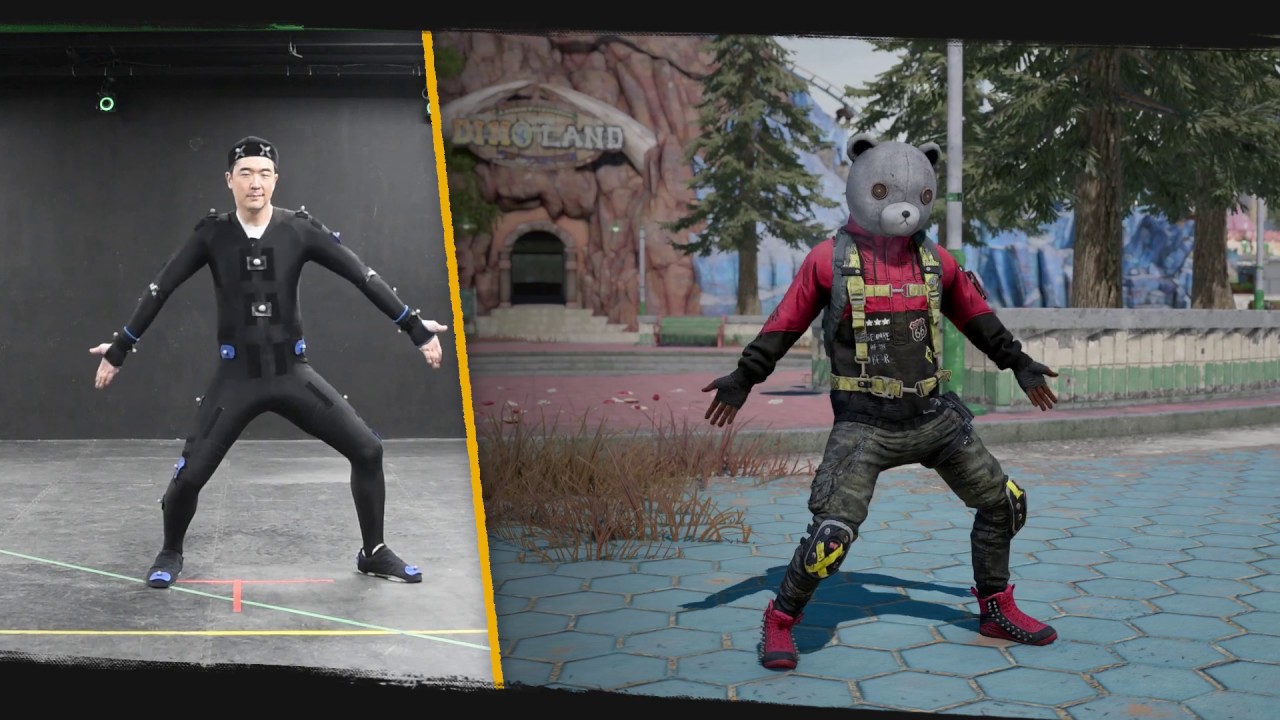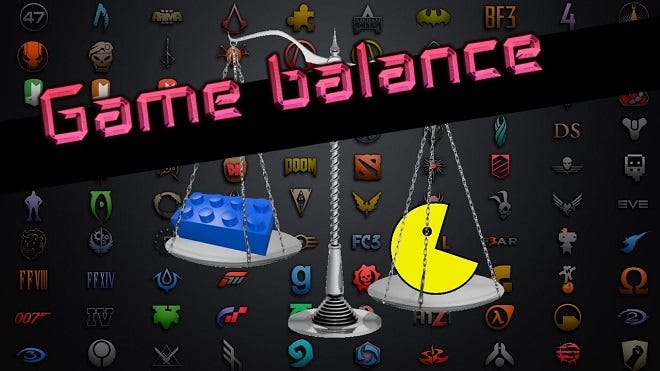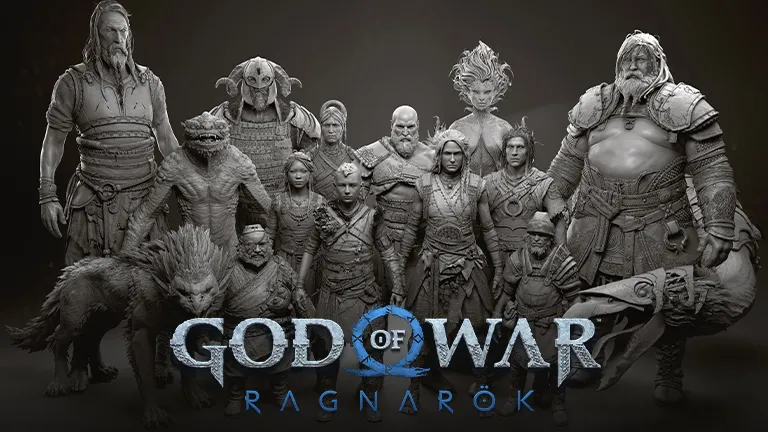reddeadplace.com – When PlayerUnknown’s Battlegrounds (PUBG) was released in 2017, it revolutionized the gaming industry, popularizing the battle royale genre and inspiring countless competitors. But behind the game’s massive success lies a fascinating development story filled with innovation, challenges, and a vision that changed online multiplayer gaming forever.
The Origins: From Mod to Standalone Game
The roots of PUBG trace back to Brendan “PlayerUnknown” Greene, an Irish game designer who originally created battle royale mods for games like ARMA 2 and H1Z1: King of the Kill. His concept was inspired by the 2000 Japanese movie Battle Royale, where players fight to be the last one standing.
Greene’s work caught the attention of Bluehole Studio, a South Korean gaming company, which offered him the opportunity to develop a standalone battle royale game. With a dedicated team and a clear vision, development on PUBG officially began in 2016.
The Development Process: Bringing Battle Royale to Life
1. Crafting the Game’s Core Mechanics
The developers aimed to create an intense, high-stakes survival experience where every decision mattered. Key elements included:
- 100-player matches: Players parachute onto an island and scavenge for weapons, gear, and vehicles.
- Shrinking safe zones: A constantly reducing play area forces combat, making each match unpredictable.
- Realistic combat physics: Gunplay, bullet drop mechanics, and movement were designed to feel authentic.
2. Designing the Maps
The first and most iconic map, Erangel, was crafted to balance urban warfare, open fields, and dense forests. Inspired by abandoned Soviet military sites, the map set the standard for future PUBG locations. Later maps like Miramar (desert), Sanhok (jungle), and Vikendi (snowy terrain) added variety and strategic depth.
3. Overcoming Technical Challenges
Developing a game with 100 players on a massive open-world map came with serious technical hurdles:
- Server stability: Early testing revealed performance issues with handling large-scale battles. Developers worked tirelessly to optimize servers and reduce lag.
- Graphics and performance: Ensuring smooth gameplay on both high-end and low-end PCs required significant optimization efforts.
- Cheating prevention: Anti-cheat systems were continuously updated as hackers tried to exploit the game.
Early Access Success and Global Impact
In March 2017, PUBG launched in Early Access on Steam, and within months, it became one of the most-played games in the world. Streamers and professional gamers fueled its rise, making battle royale a mainstream phenomenon.
By December 2017, the game officially launched and sold over 30 million copies in its first year. The PUBG Mobile version, released in 2018, further expanded its audience, especially in Asia.
Legacy and Influence
The success of PUBG led to the rise of battle royale games like Fortnite, Call of Duty: Warzone, and Apex Legends. Despite competition, PUBG remains one of the most influential multiplayer games of all time.
Brendan Greene later left PUBG Corporation to pursue new projects, but his creation continues to evolve with new maps, gameplay updates, and esports tournaments that keep the community engaged.
Final Thoughts
The making of PUBG is a story of creativity, innovation, and perseverance. From a modder’s vision to a global gaming phenomenon, it reshaped the industry and introduced millions to the thrill of battle royale. Whether you’re a seasoned player or a newcomer, every match in PUBG is a testament to the hard work and passion that brought it to life.






